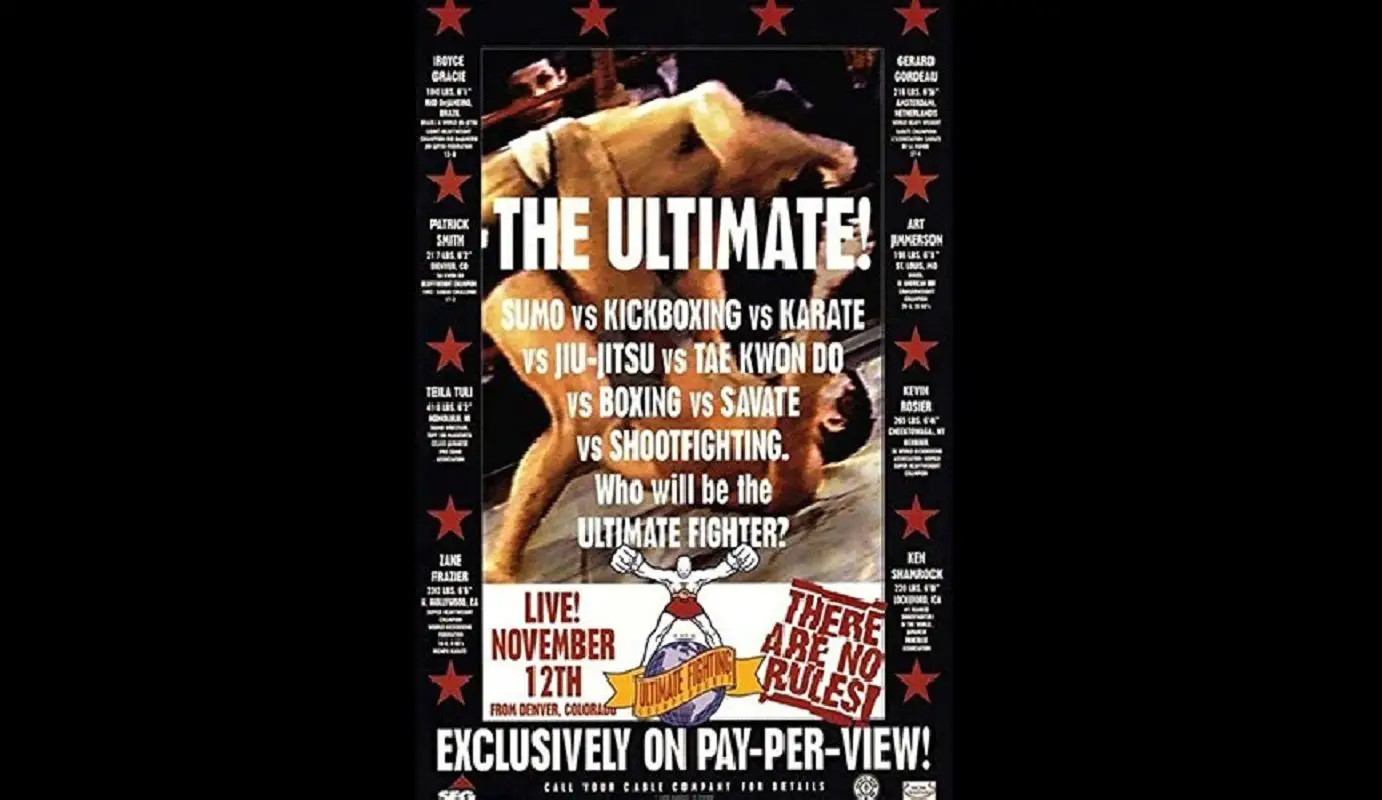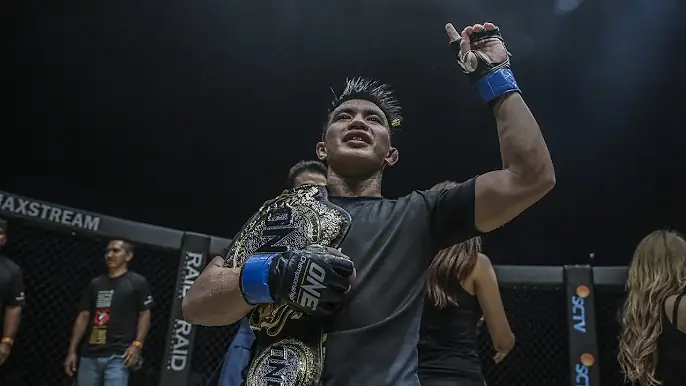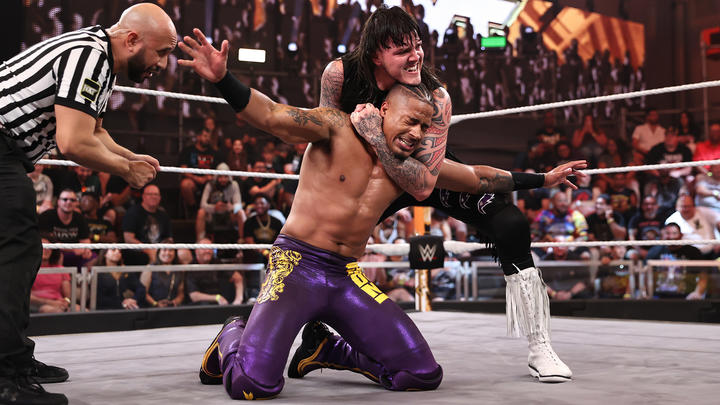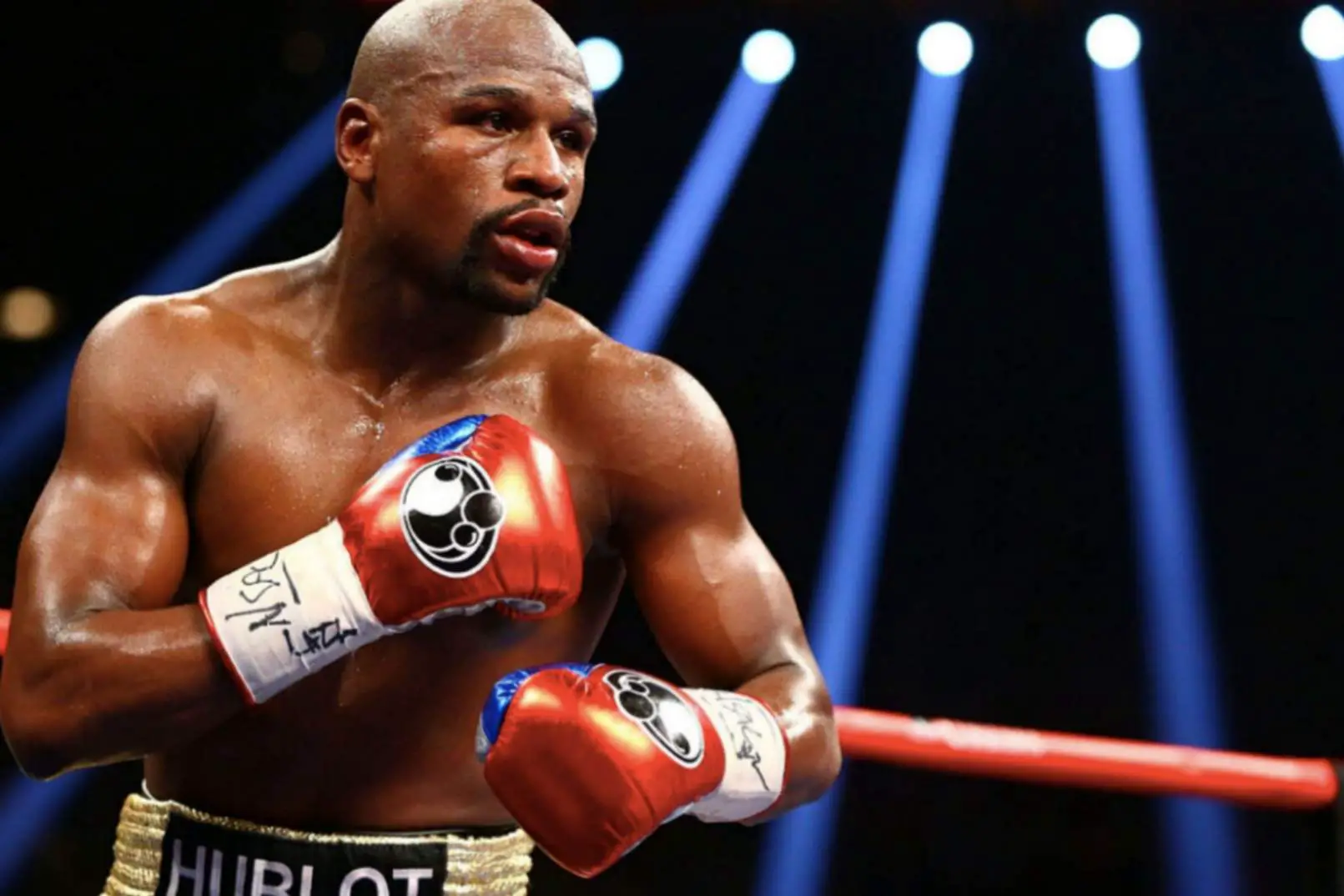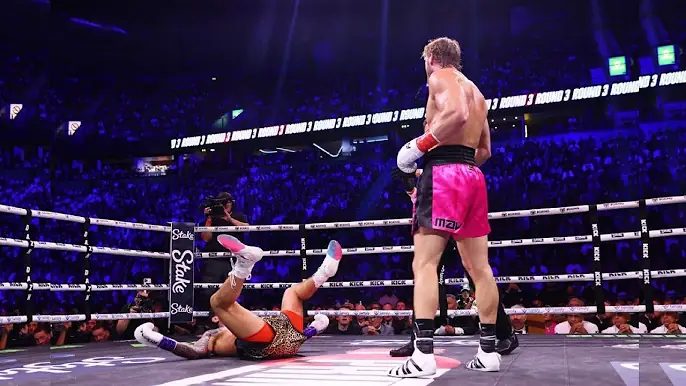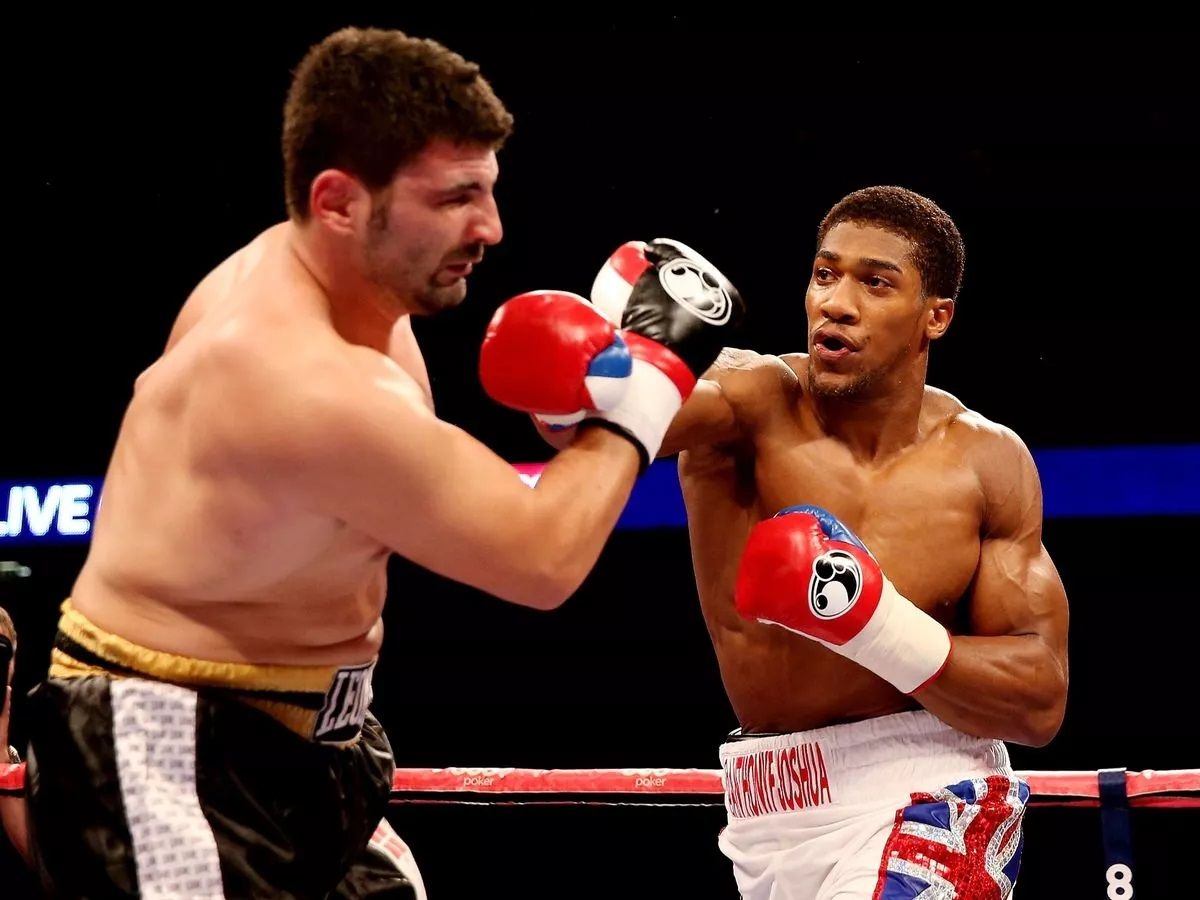What Were the Rules at UFC 1?
The inaugural event of the UFC, UFC 1, took place on November 12, 1993, and presented a unique and groundbreaking approach to combat sports. Unlike traditional martial arts tournaments, UFC 1 featured minimal rules, embracing a concept known as “no-holds-barred” fighting. Let’s delve into the rules that governed the historic UFC 1 event.
UFC 1 Rules
No Weight Classes: There were no weight divisions or classes in UFC 1. Fighters of various sizes and weights could compete against each other, resulting in matchups between opponents with significant differences in stature.
Limited Time: Each bout consisted of one 30-minute round, with no rounds or time limits. However, if a match reached the time limit, it was declared a draw.
Limited Fouls: While some fouls were prohibited, the rules in UFC 1 were considerably more lenient compared to contemporary MMA. The prohibited fouls included eye gouging, biting, fish-hooking (inserting fingers into the mouth, nostrils, or other orifices), strikes to the groin, headbutts, and strikes to the back of the head.
Limited Equipment: Fighters were allowed to wear minimal equipment, such as shorts, shirts, and groin protection. However, there were no other protective gear requirements.
No Referee Stoppages: In the early days of the UFC, there were no referee stoppages due to strikes or submissions. The fight continued until a competitor tapped out and was rendered unconscious, the corner threw in the towel, or the time limit was reached.
No Weigh-In: There were no official weigh-ins before the fights. Fighters were not required to meet any specific weight restrictions or undergo weight-cutting procedures.
The rules of UFC 1 were intentionally designed to create an environment where fighters from different martial arts backgrounds could showcase their skills without significant limitations. The absence of weight classes, time limits, and strict fouls allowed for unpredictable and unscripted matchups, emphasizing the effectiveness of different combat techniques.
It’s important to note that the rules and regulations of the UFC have evolved significantly since UFC 1. The implementation of weight classes, the introduction of rounds, and the establishment of comprehensive safety protocols have transformed the organization into a regulated sport while ensuring the well-being of the athletes.
UFC 1 holds a special place in MMA history as an event that pushed the boundaries of combat sports and set the stage for the growth and evolution of mixed martial arts. The rules of UFC 1, though more relaxed than today’s standards, played a crucial role in establishing the foundation for the sport we know and enjoy today.
Watch a recap of UFC 1 below:
